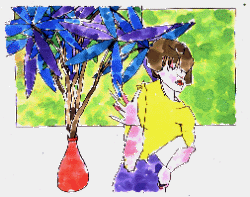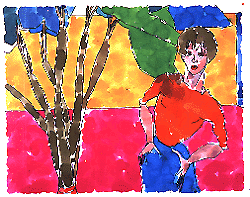The Big Atlas of LA Pools

Explained: Computer-Visioned and Crowdsourced attempts at cataloguing every single pool in Los Angeles.
Chosen: It’s a really cool combination of machine and human intelligences, matching those intelligences to eliminate potential downfalls.
Critiqued: Having crowdsource workers from Amazon double check the work of crowdsource workers from ClippingFactory is fairly inspired.
Tardigotchi from SWAMP and Tiago Rorke and Bureau
Explained: A Tamagotchi-like toy that carries a real-life microscopic organism — the Tardigrade, or Water Bear — and a living digital avatar of the creature.
Chosen: I’m not entirely sure if this is a real thing, a speculative design piece, or a piece of art. Whatever way, I’m fascinated. It’s a really interesting combination of the past and the future, nature and the computer.
Critiqued: The Tardigotchi has a web-presence a la Facebook and email. I’m not sure I’m, sold.
Related: Tamagotchi clones have become somewhat pervasive on modern devices.



